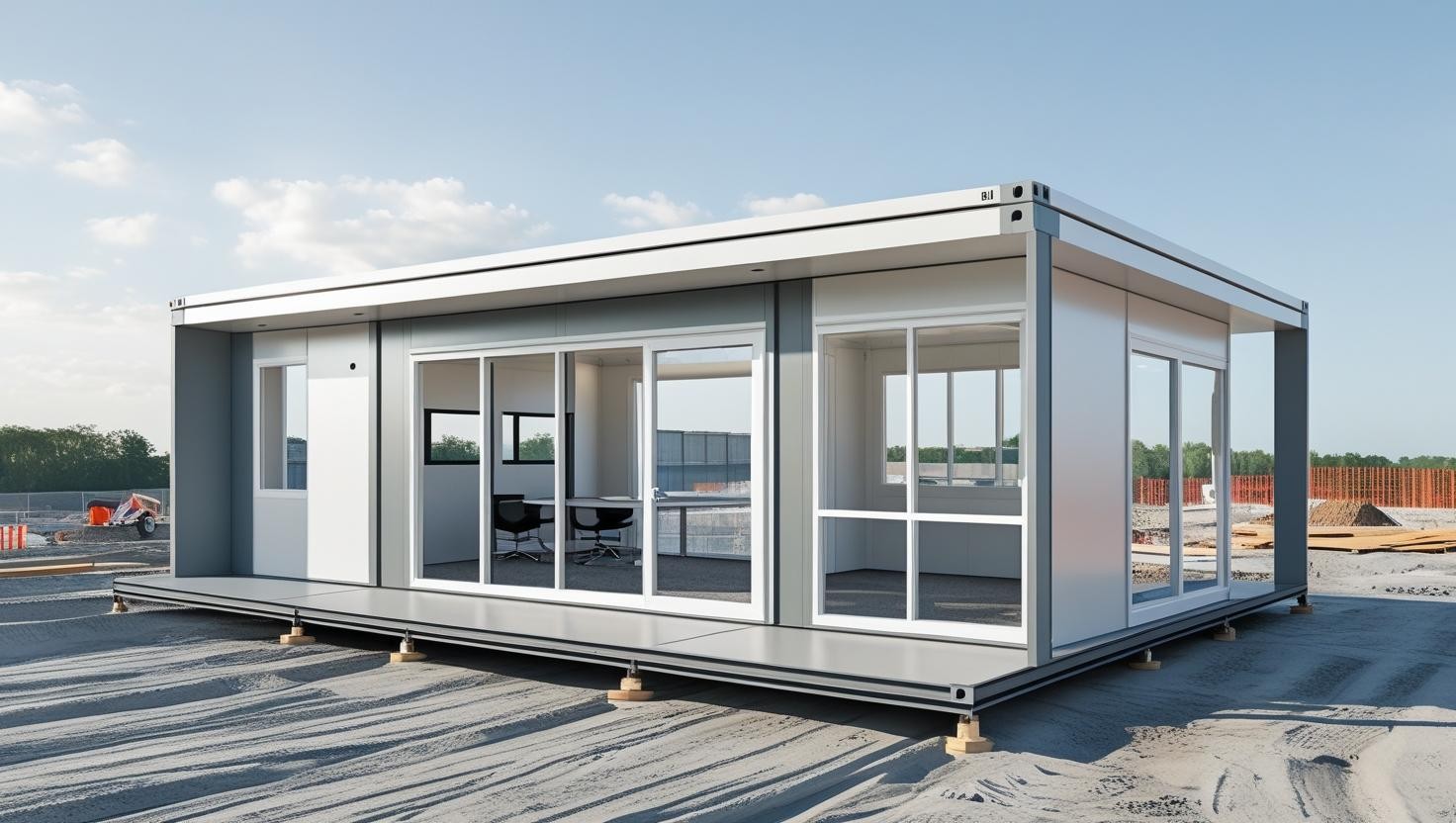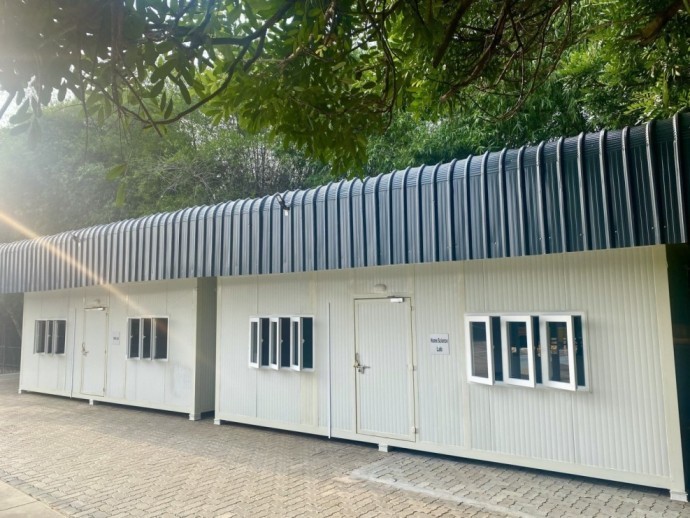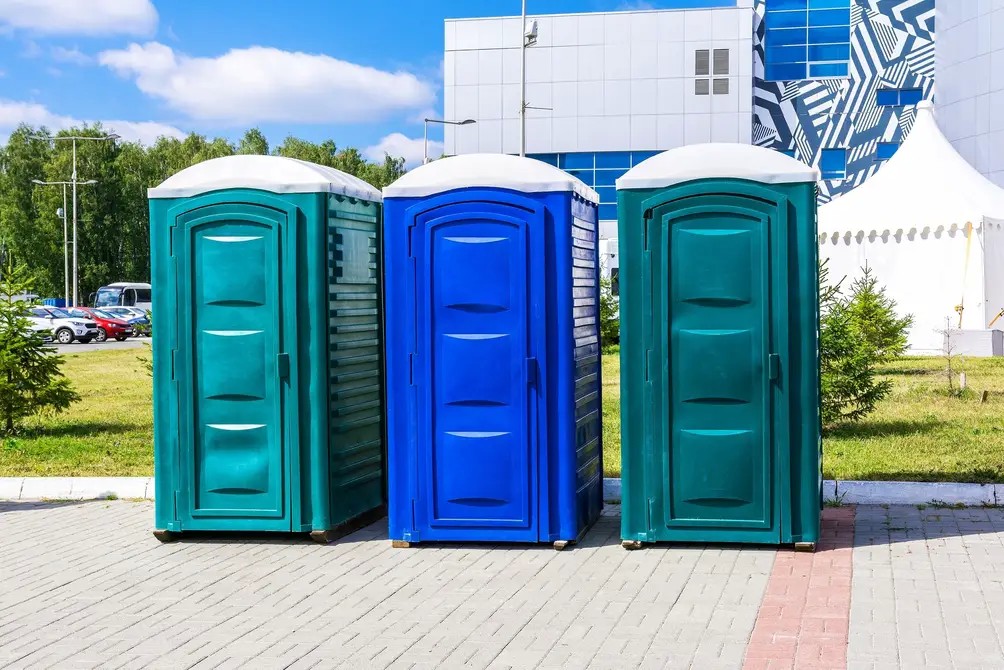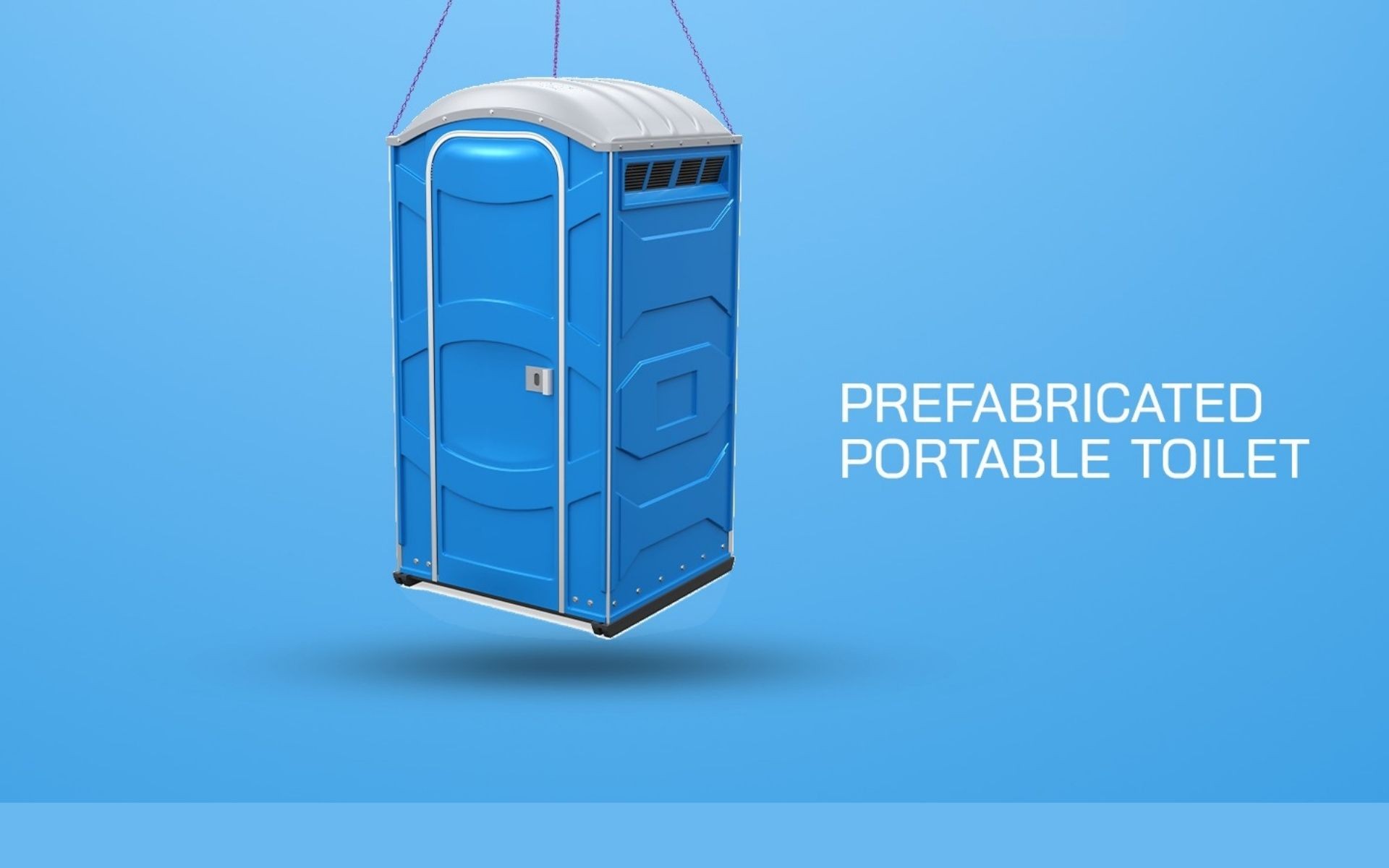Deciding Between Prefabrication And On-Site Fabrication
65cf4d38697f9.webp)
On-site construction or fabrication is the conventional mode of construction, which has been practised effectively for a very long time. In this particular mode of construction, everything from start to finish is done on site. Prefabrication is where the assembly takes place on the construction site, which helps the construction sector save a lot of money. But choosing the right construction method will have a lot to do with the kind of construction outcome that is expected. In on-site construction, all the work is done sequentially on the site. Pre-fabrication or off-site construction, is where the parts of the construction are made on a different site and brought together into site to be assembled together.
In this blog, we are going to discuss further the on-site construction and prefabrication construction methods, their advantages and disadvantages, and what suits best.
Pros And Cons Of On-site Construction
The important advantages of on-site construction are:
Design Customisation
On-site construction helps bring limitless design improvisations to the construction method. The reason for this is that there is a chance of an unexpected delay or issues concerning the site that can help bring about good design changes. Such immediate and immediate changes can be adopted only in the case of on-site construction.
Alteration after the Construction Phase
Even though alterations are not highly recommended after the design stage in the construction industry, the possibility of such alterations to accommodate building design changes is only present when the construction is on-site.
Construction in tight spaces
When construction takes place on congested streets, the off-site construction mode cannot be used effectively. In such cases, on-site construction is the only possible mode of helping out with such construction activities. The reason for not using assembled materials from off-site construction is because it becomes very difficult to transport those materials in such tight spaces.
Easy Renovation
The design structure may not always be precise, and certain changes have to be made to the already existing design to make it look more like a seamless structure.
The disadvantages of on-site construction are:
Weather condition
The weather is one of the factors that acts as a major con to the on-site construction. When the weather is bad, it becomes difficult to carry on with the on-site construction, and bad weather can be a major reason for the impending delay in the construction work.
Safety Concerns
On-site construction will be happening at different elevations, and hence safety will be a major concern there. Whereas, off-site construction happens in controlled environments, which makes safety far less of a concern.
Pros And Cons Of Prefabrication
Here are the pros of off-site construction:
Weather is not a concern
The first and best advantage of prefabricated structure is that weather conditions will never come up as a hindrance in the construction process. In a prefabrication process, the weather conditions do not pose an issue as the off-site construction work is done in controlled environments. The site time and conditions are during the assembly.
Management of timelines
Two teams can simultaneously work on different projects. When prefabrication work is committed, the assembly can be done at the work site, and other projects can be done at the prefabrication warehouse without affecting the timelines.
Quality Control
The final product quality of everything manufactured and built in the prefabrication construction site will be of the finest quality as the elements of the construction are built under controlled factory settings.
You may also like to read, Building Materials Used for Modular Construction
Less safety concerns
The safety of the workers is taken care of much more effortlessly when it comes to doing construction in the prefabrication environment. As the work is done in controlled simulations, it becomes easier to protect the workers.
Airtight commercial buildings
Prefabrication can help bring in airtight construction as the measurements are done perfectly and the assembly is only done on the construction site.
You may also like to read, Different Types Of Modular Construction: Advantages & Applications
The cons of the prefabrication construction are:
- Not suitable for every site: Some construction sites can be located in areas that are way inside, and the ability to carry through pre-assembled and structured elements of the building may not be possible. In such cases, the construction can only be done on-site.
- Increased planning and engineering: The requirement of a very efficient and well-established team is a necessity. Only with such a team can coordination between the assembly line and factory be done without any hiccups.
- Decreased Flexibility: A design that has been decided upon cannot be altered once the on-site assembly starts. This is because all the relevant aspects of the building will be pre-engineered and the assembly of the same will only be left on-site.
- Potential higher cost: Prefabrication is considered a cost-effective option, but when chosen for a construction that is not meant to be done through prefabrication, it can actually lead to amping up the costs.
You may also like to read, How Long Does A Prefab Structure Last
Which One Suits You, And Why?
Choosing which construction process to use for your building process can be quite a tricky affair. The best way to make sure that you are choosing the right one is to weigh and align your requirements with what each construction method means. Let’s look into some of those factors before making your decision.
Supply Chain Availability
On-site construction takes place when there is a project coming, and then the construction site is set for building. It is after the project is decided that the contractors plan to source materials or come into tie ups with partners that provide such necessary materials. But, in the case of prefabrication construction, the components for the construction come from massive factories, and they already have agreements that promise an unlimited supply of necessary materials. This makes sure that the project will not face any particular delay and will be as agile as possible.
Sustainability
With frequent climate changes and environmental hazards, the need for sustainability has become the need of the hour. With the right choice of materials, even in the construction industry, sustainability can be assured. The biggest example will be aluminium, as most of the aluminium used in construction has a higher chance of being recycled at some point in time. Through adopting prefabrication, construction can focus on reducing production waste.
Labour Requirements
The labour shortage is one of the major causes of delays in construction work. It becomes very difficult to keep up with the projects on schedule as there is a lack of employee availability. Getting employees or labourers for on-site work is easy, but if you feel that it is a lot of work, then the feasibility of the choice goes to the prefabrication mode of construction. Pre-fabrication works happen within a controlled environment, which ensures better quality and speed.
These points don’t yet decide on prefabrication construction vs. fabrication construction. Instead, it talks about how one construction project can have the possibility of both fabrication and prefabricated construction’s advantages.
Your Requirements
Related
Blogs





















6790c3d8f29a2.jpeg)



































65cf65f046eed.webp)






64afe3444467b.jpeg)












 site office front view622f00119ba65.jpg)

6349487807893.jpeg)